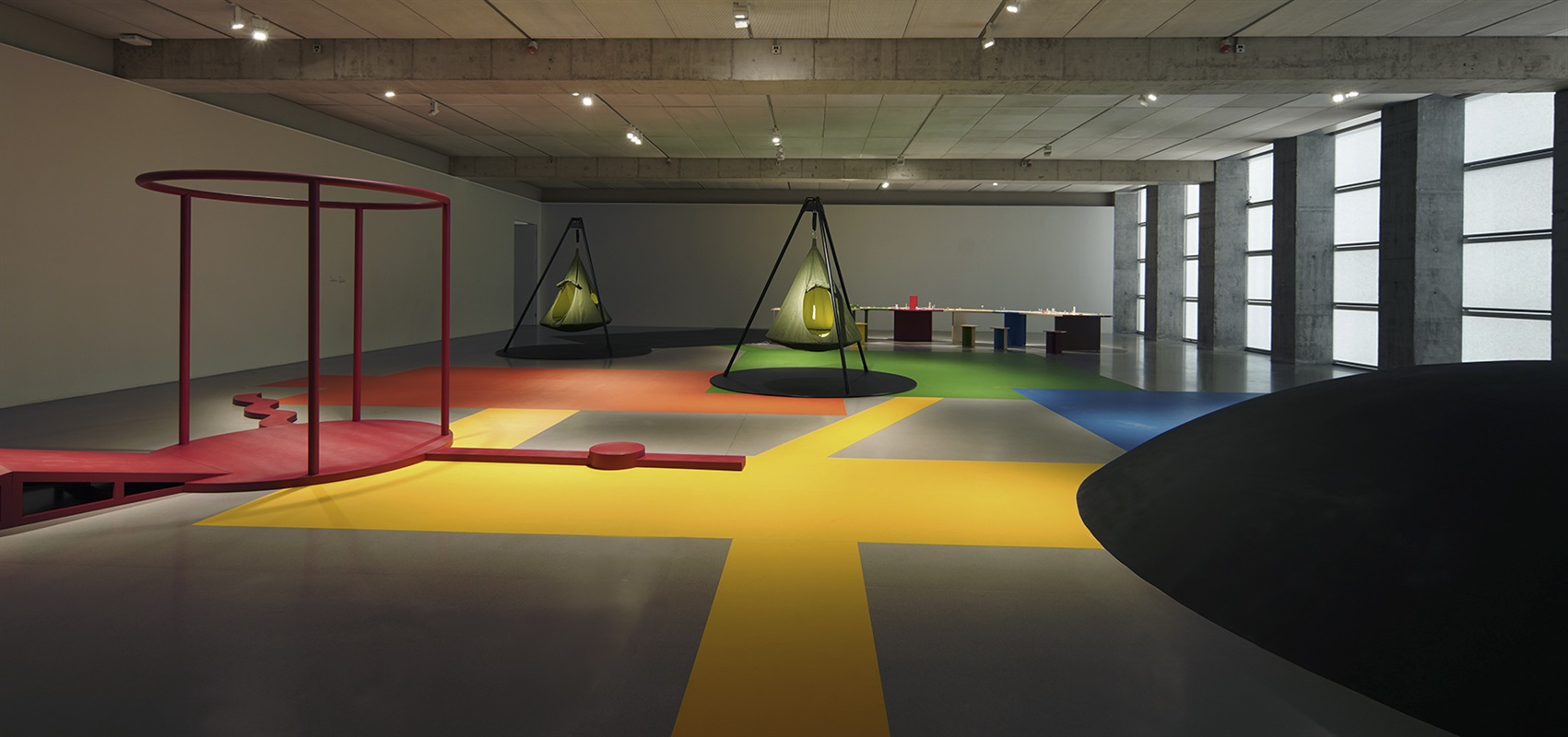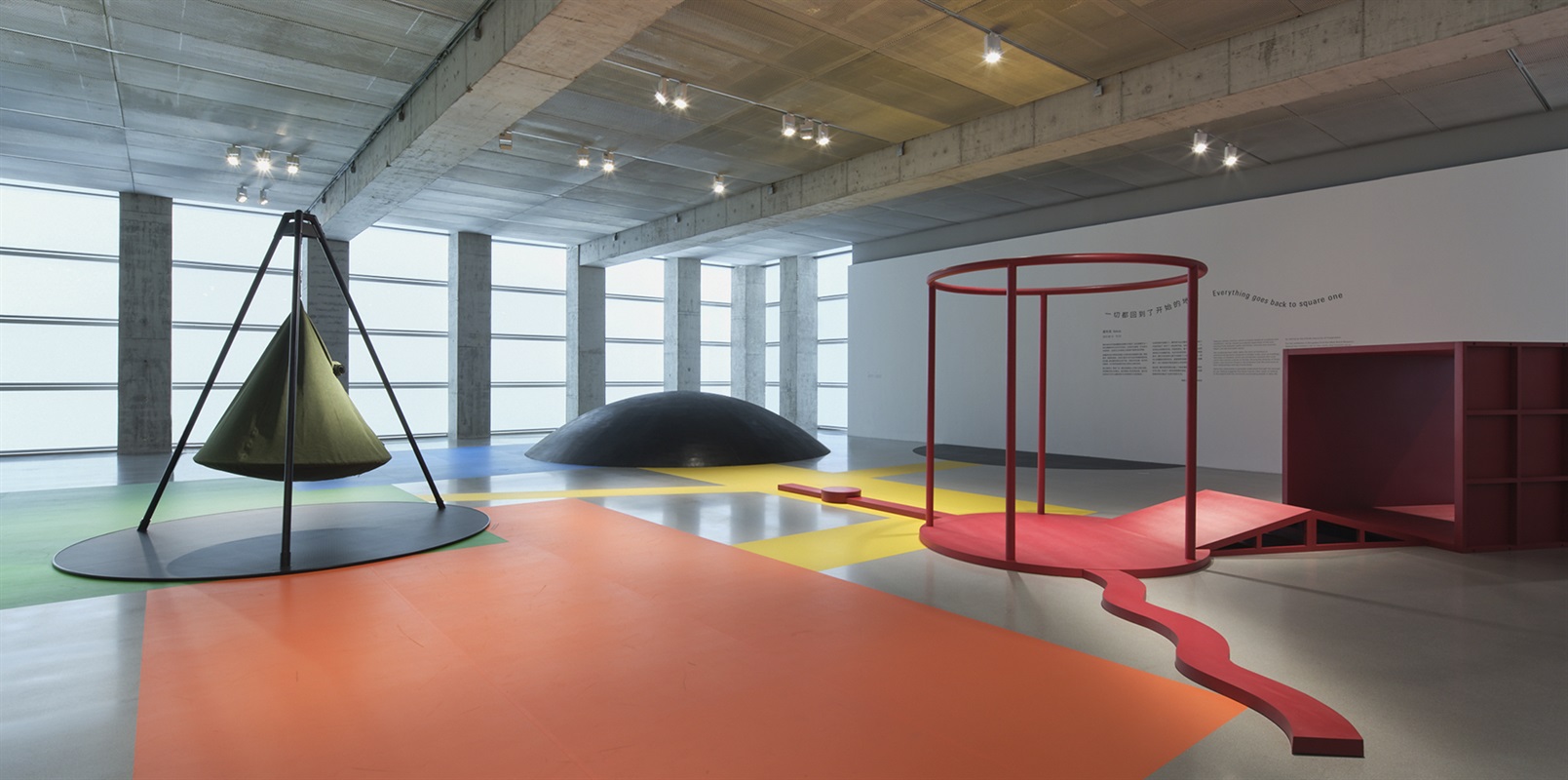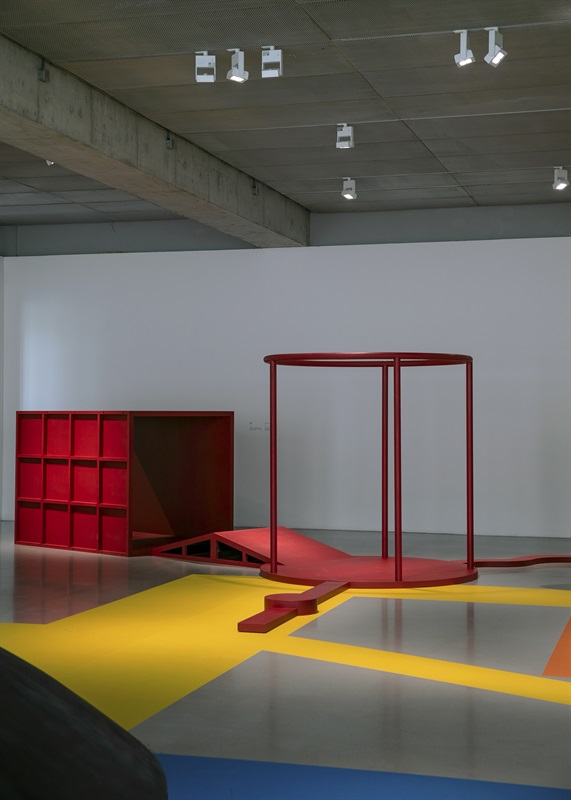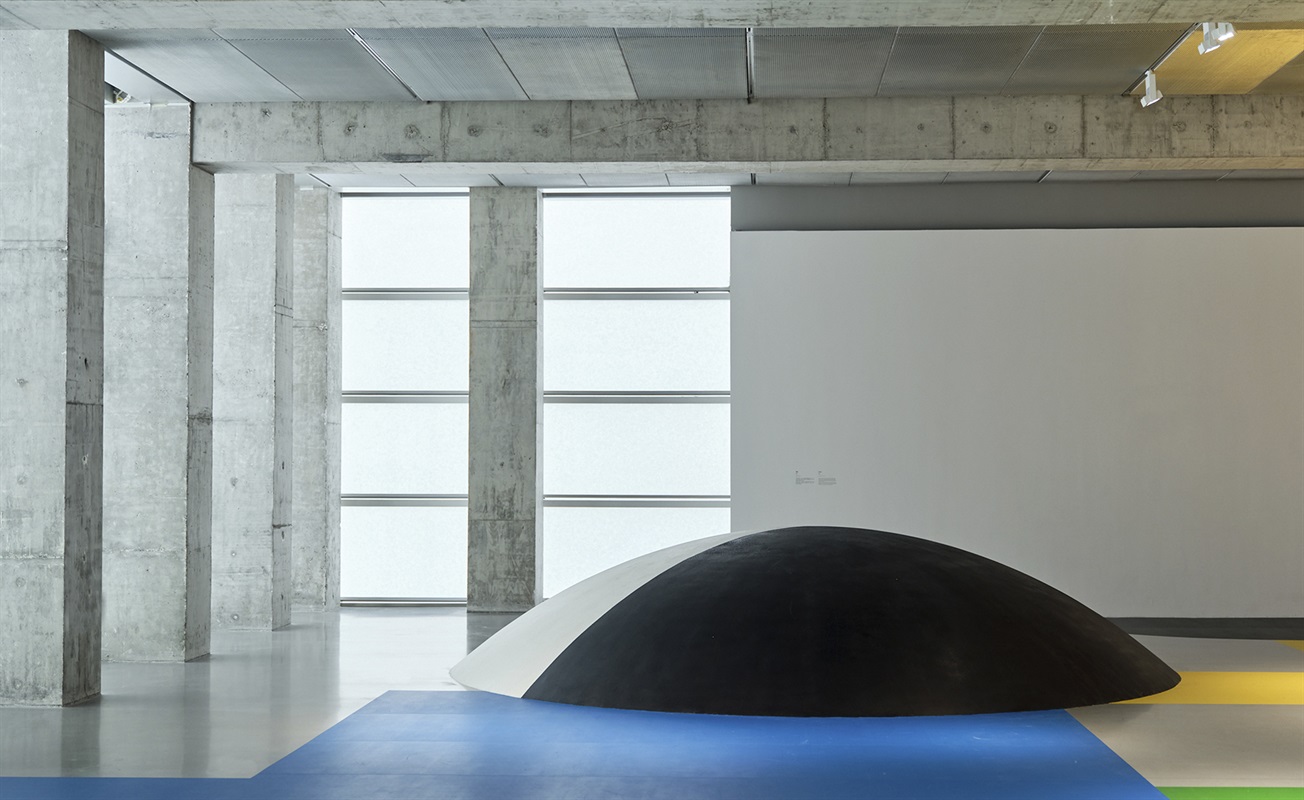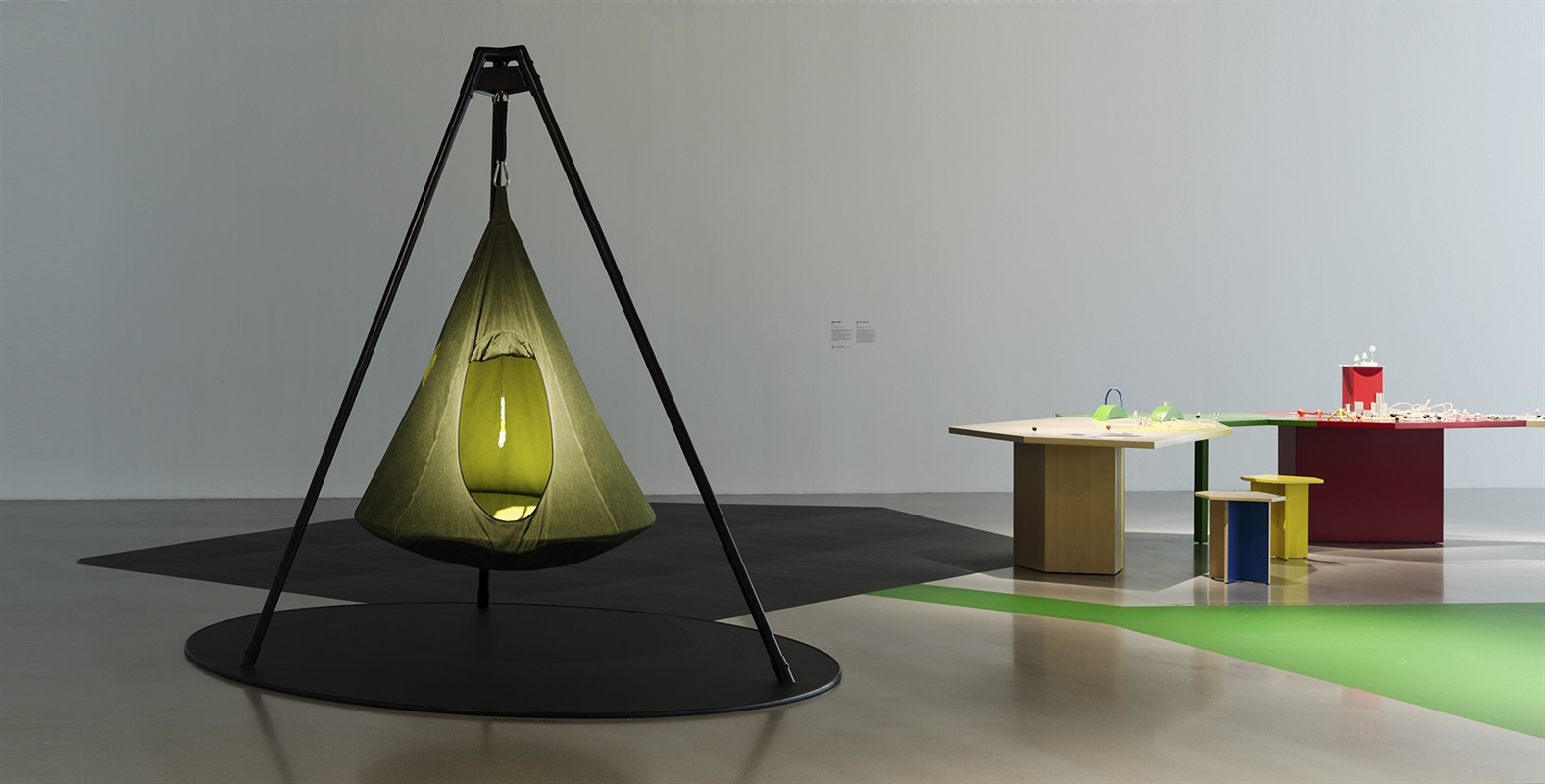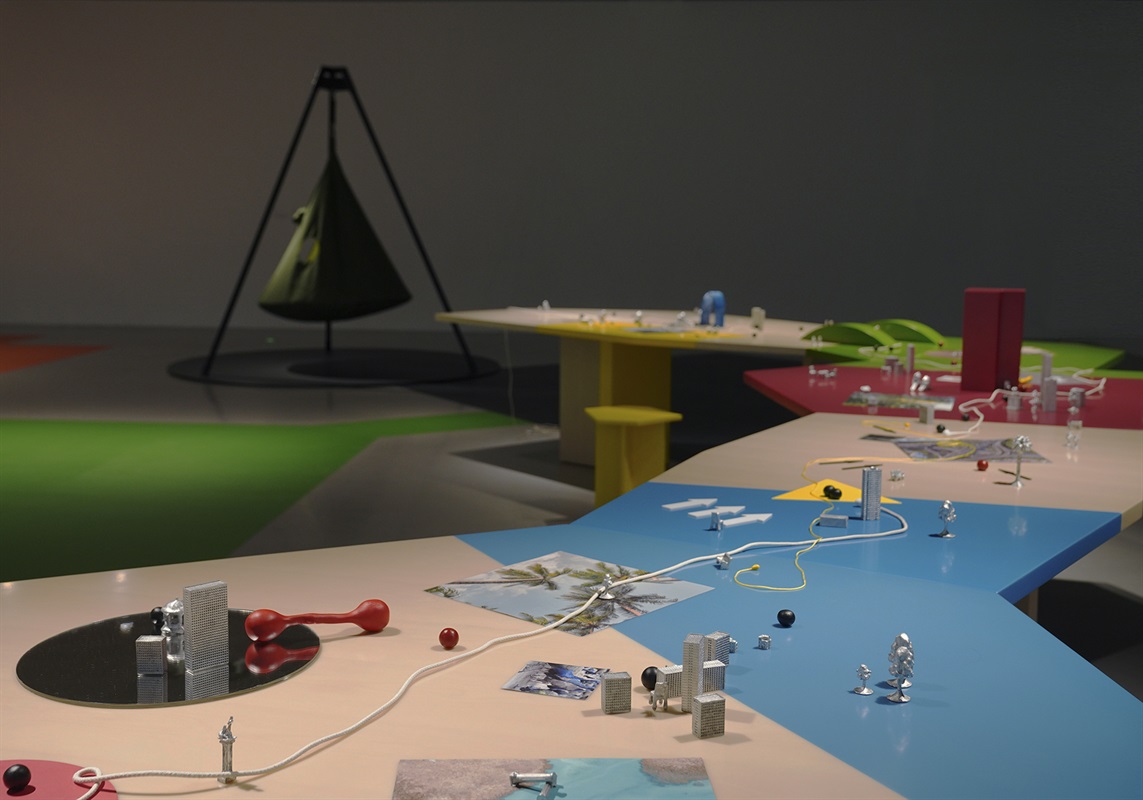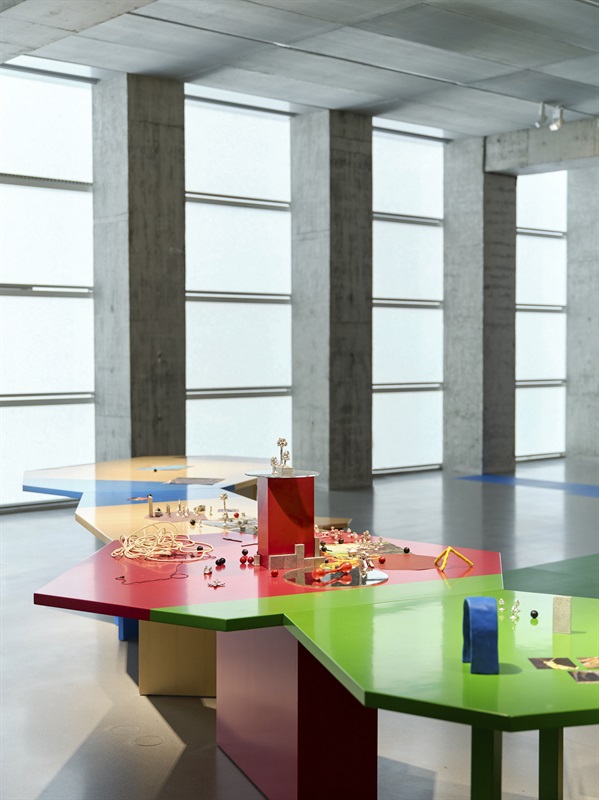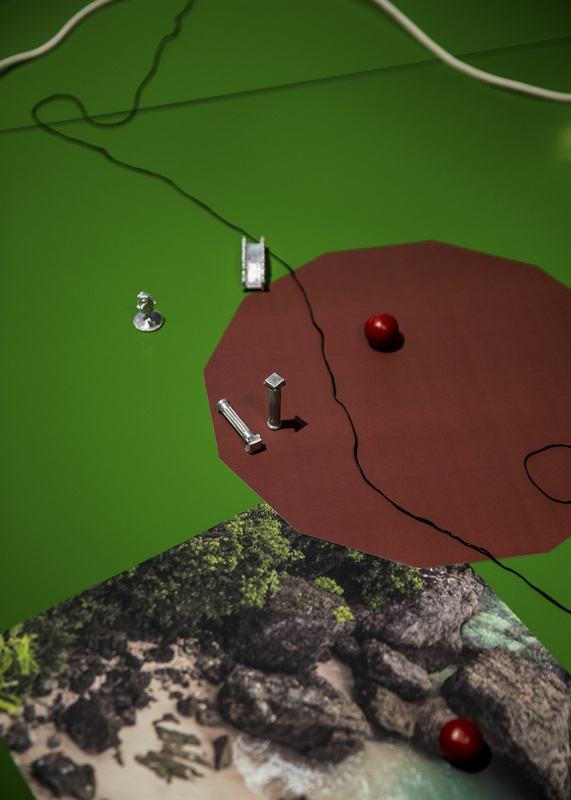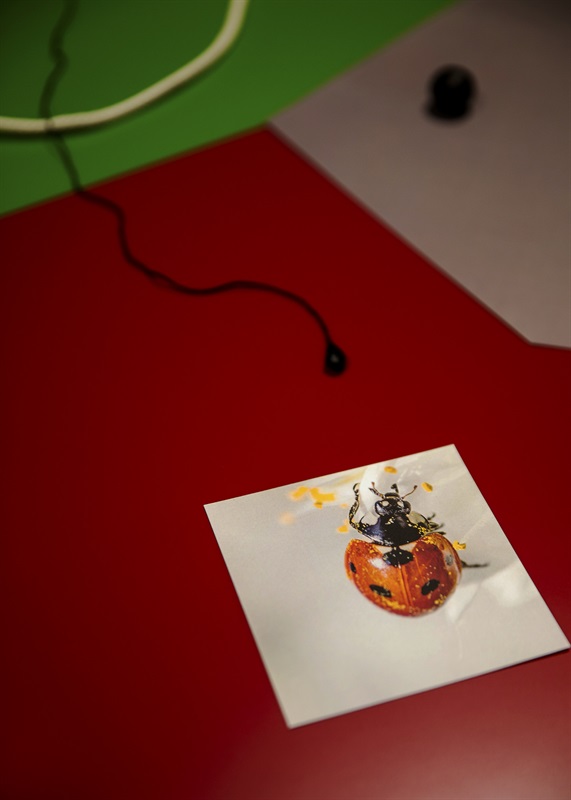https://www.wbmshanghai.com/en/category/exhibition/detail!Nabuqi-Everything-goes-back-to-square-one
From 12 August to 23 October 2022, the Centre Pompidou × West Bund Museum Project presents an original project by Nabuqi, entitled Everything goes back to square one. For her exhibition in the Gallery 0 of the West Bund Museum, the Chinese artist Nabuqi has created a set of new works that function as an autonomous space, open for exploration, in which visitors can engage with the works in a free and singular way.
Nabuqi’s artistic practice began with a focus on objects and has extended to the relationship between objects and the body, as well as the disparities of human perception in different spaces and environments. Her sculptures have often taken the form of furniture or architectural elements rendered in smaller scale, such as buildings, staircases or theaters, which are sometimes covered with vivid colors that convey a sense of fantasy. Among the diversity of these works, one common thread is the emphasis that the artist puts on their relationships with the human body.
While this relationship is generally understood through the concept of use, Nabuqi suggests that there may be other ways of relating to the objects that are commonly surrounding people in daily life.
The new works on display will transfer the gallery into a "playground" of utopian imagination for the first time - a site of joy and immersive self-exploration, featuring a combination of multimedia including sculpture, installation, architecture and design. Fueled by imagination and game, Nabuqi is taking the visitors along on her artistic journey to explore the ever-moving limits between reality and fiction, artwork and common object, private and public space. Thus, the key to activate the exhibition is to engage with audience, they’re more than on-lookers, they’re participants and co-creators.
Through scenography, Gallery 0 builds a childlike indoor “playground” by combining the front hall with the inner hall, in an attempt to evoke common activities of human life. The front hall brings together many elements of urban public space, such as pavilions, landscaped terraces and children's playgrounds, while inviting the public to experience the shifting relationship between body, artwork and space, gradually establishing a personalised perception of these sites. Nabuqi has designed the recreational swing as a space for meditation or solitude, to separate the front hall and the inner hall. The work in the inner hall empowers visitors to control and lead. Not only can they overlook the landscape of the city, but they can further combine and reset it to their liking. Passing through the two spaces, from the inside to the outside, from the large to the small, the physical attributes of visitors are transformed accordingly. In this way, Nabuqi subtly blurs the lines between some established categories applied to human experience.
